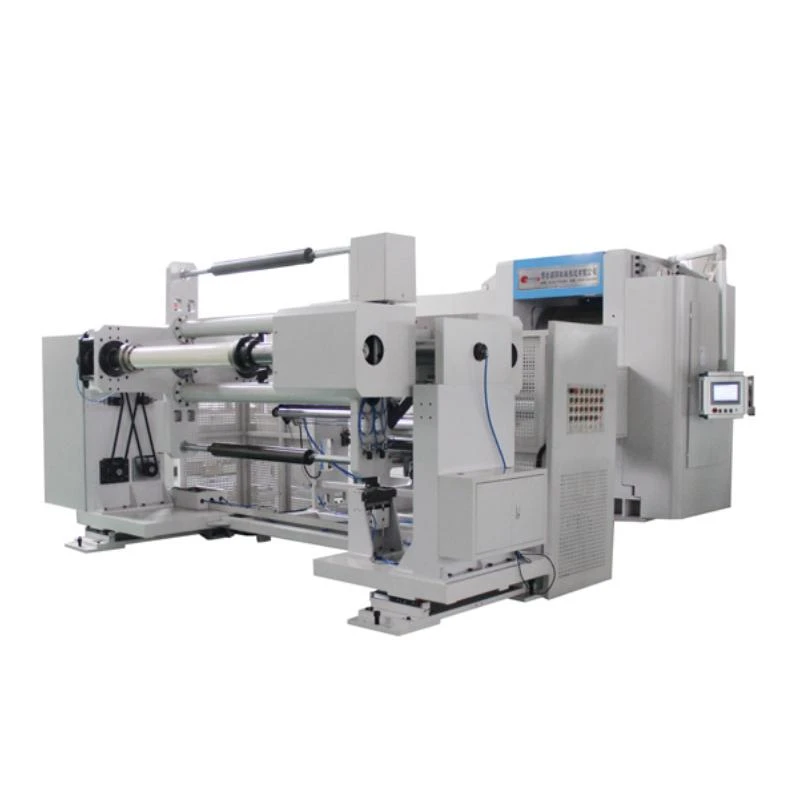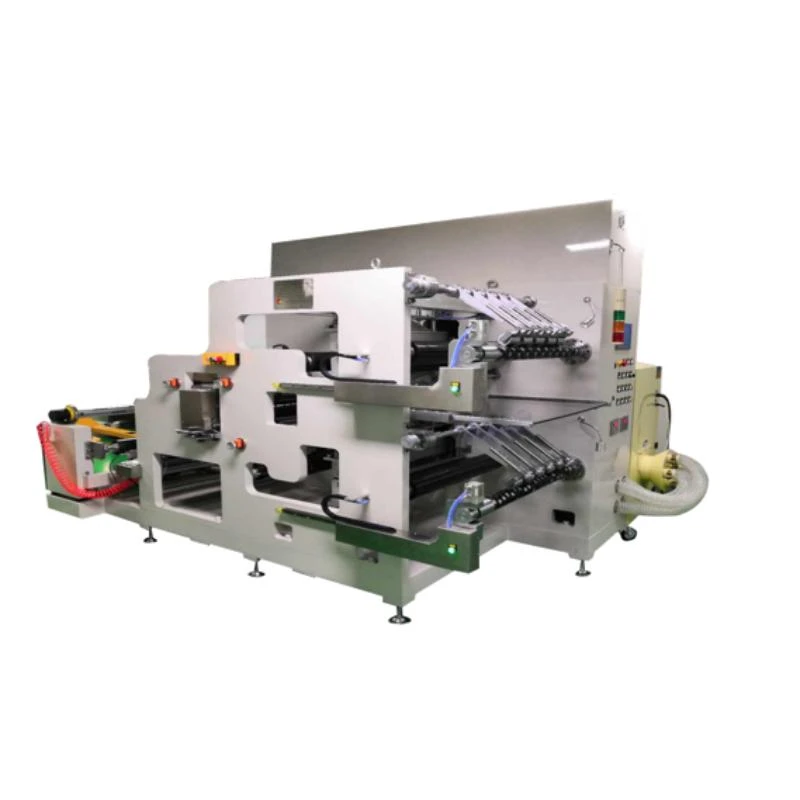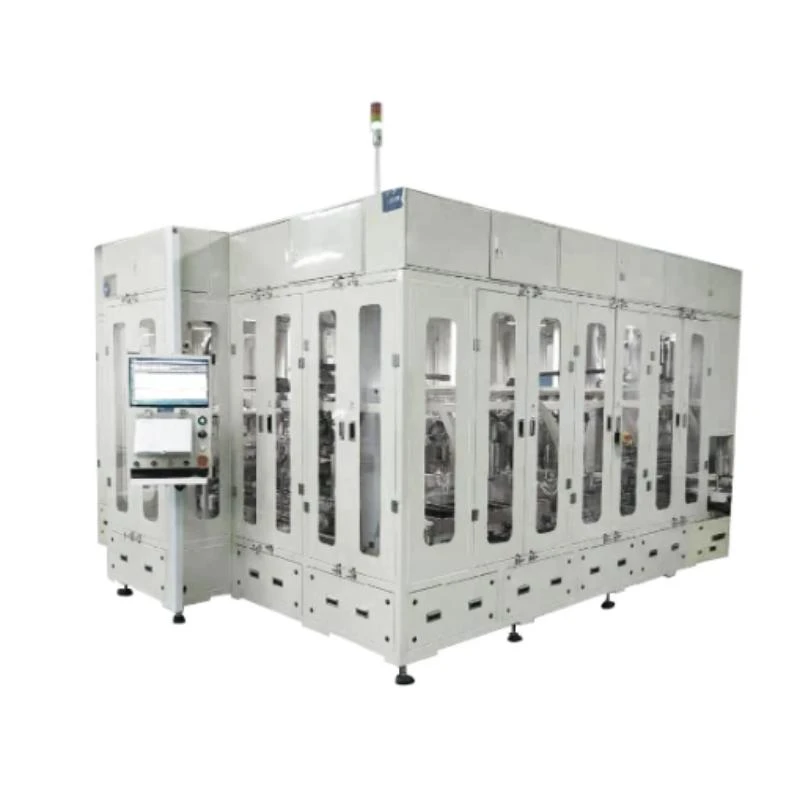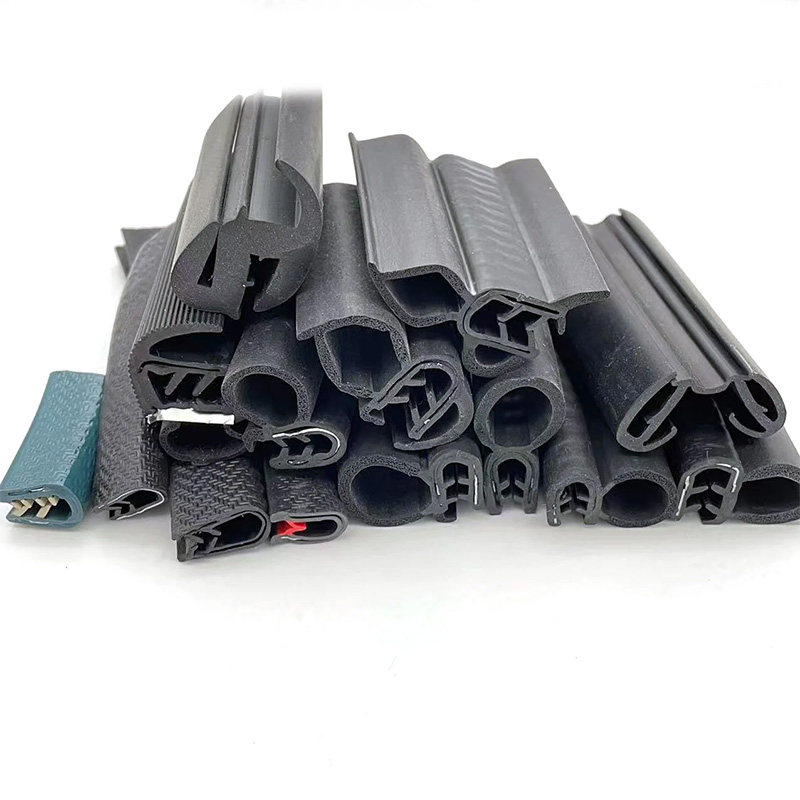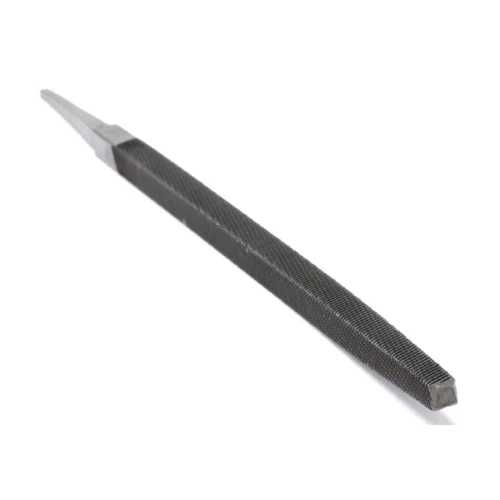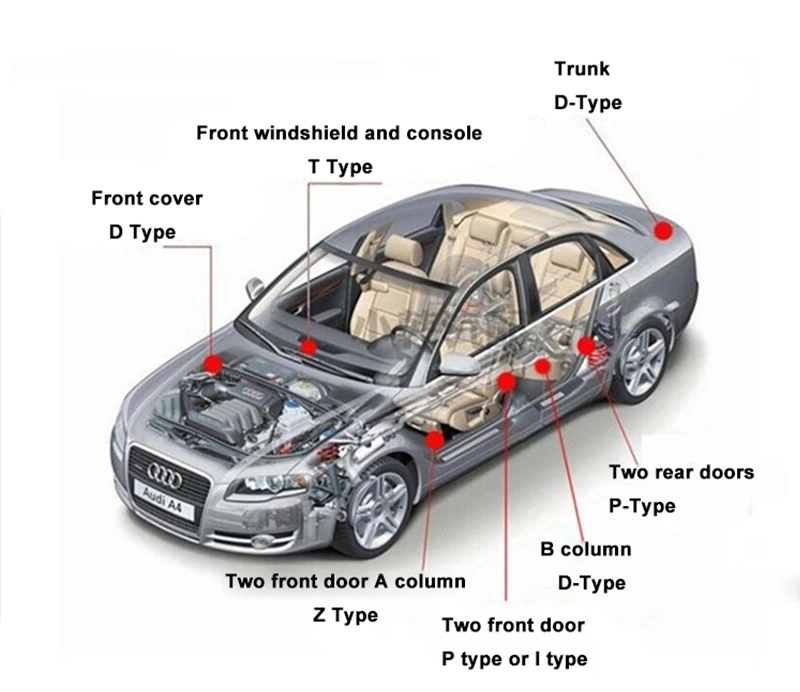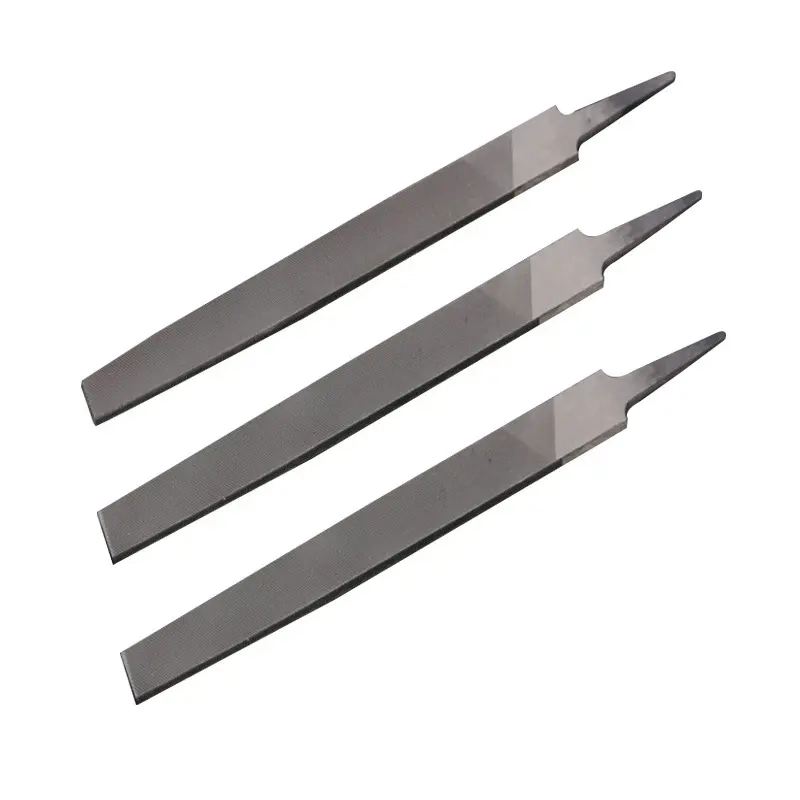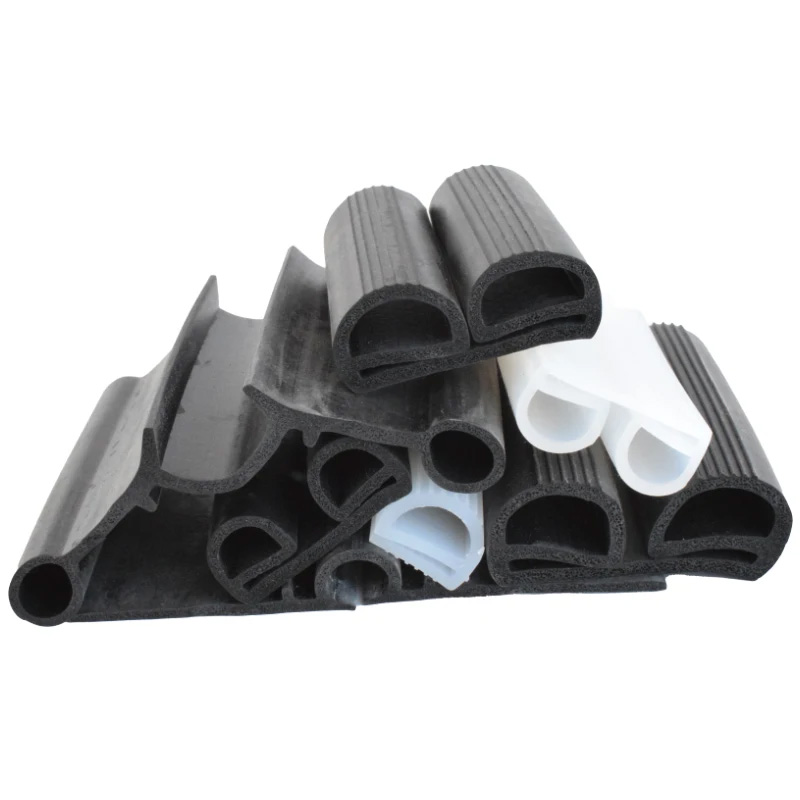Precision Equipment for Lithium Cell Assembly | Complete Production Lines
Industry Trends and the Evolving Landscape of Lithium-Ion Battery Production
The global energy transition is rapidly accelerating, driven by the escalating demand for electric vehicles (EVs), grid-scale energy storage systems (ESS), and advanced portable electronics. At the heart of this revolution lies the lithium-ion battery, a technology continuously pushed to new frontiers in performance, cost-efficiency, and sustainability. Consequently, the demand for sophisticated equipment for lithium cell assembly is experiencing unprecedented growth. Industry projections indicate the global lithium-ion battery market could exceed $200 billion by 2030, a direct reflection of the massive investments being poured into gigafactories worldwide.
Key trends shaping this sector include a relentless drive towards higher energy density, faster charging capabilities, and extended cycle life, often achieved through innovations in cathode and anode materials, as well as electrolyte chemistries. Simultaneously, manufacturing processes are undergoing a paradigm shift towards higher automation, precision, and smart factory integration to meet soaring production volumes and stringent quality requirements. The focus is not only on throughput but also on enhancing process control, minimizing defects, and optimizing material utilization to reduce overall manufacturing costs. This necessitates the deployment of state-of-the-art lithium cell machinery capable of operating at micron-level tolerances and integrating seamlessly into advanced manufacturing execution systems (MES).
Further, sustainability considerations are becoming paramount. Manufacturers are increasingly looking for equipment that supports more eco-friendly production methods, such as dry electrode processes or reduced solvent usage. The entire lithium ion battery assembly line is being re-evaluated for energy efficiency and resource recovery. These trends underscore the critical need for advanced, reliable, and adaptable manufacturing solutions that can keep pace with rapid technological evolution and market demands.
Detailed Process Flow for Lithium Cell Assembly: From Raw Materials to Finished Cell
The production of a lithium-ion cell is an intricate multi-stage process demanding exceptional precision and control at every step. Understanding the comprehensive process flow is crucial for optimizing a lithium ion battery production equipment setup and ensuring high-quality output.
1. Electrode Preparation
- Slurry Mixing: Active materials (e.g., NMC, LFP for cathode; graphite, silicon-carbon for anode), conductive additives (carbon black), and binders (PVDF, CMC/SBR) are precisely mixed with solvents (NMP for cathode, water for anode) in specialized vacuum mixers. This ensures homogeneous dispersion, critical for electrochemical performance. Materials must meet purity standards (e.g., 99.9% for active materials).
- Coating: The prepared slurry is uniformly coated onto metal current collectors – aluminum foil for cathodes and copper foil for anodes – using high-precision coating machines. Coating thickness and consistency are paramount, often controlled to within ±1µm.
- Drying: The coated foils are then dried in multi-zone ovens to evaporate the solvents, leaving a solid electrode film. Temperature profiles are carefully controlled to prevent cracking or delamination, ensuring good adhesion.
- Calendering (Rolling): This is where a key piece of equipment for lithium cell assembly, such as a Fully Automatic Battery Pole Rolling Production Machine, comes into play. The dried electrodes are compressed between highly polished rollers to achieve the desired electrode density and thickness. This process significantly impacts battery energy density and power characteristics. Modern calendering machines offer forces up to 200 tons and speeds exceeding 50 meters/minute, with real-time feedback for gap control to maintain density uniformity across the entire electrode.
- Slitting: The wide electrode rolls are precisely cut into narrower strips according to the final cell dimensions using high-speed slitting machines. Edge quality and burr-free cuts are crucial to prevent internal short circuits.
2. Cell Assembly
- Notching: Tabs are precisely cut into the electrode strips, which will later serve as current collectors for external connections. Laser notching is often preferred for precision and minimal heat affected zones.
- Stacking/Winding: For prismatic or pouch cells, electrodes and separators are stacked alternately. For cylindrical cells, they are wound together. This process requires extremely high precision (e.g., ±0.1mm alignment) in a controlled dry room environment (dew point typically -60°C or lower) to prevent moisture contamination.
- Tab Welding: The electrode tabs are ultrasonically or laser-welded to the respective current collectors (e.g., aluminum leads for cathode, nickel for anode). Weld quality is critical for electrical conductivity and safety.
- Pouch/Can Forming (for specific cell types): Aluminum laminated film is formed into pouches, or metal cans are prepared.
- Electrolyte Filling & Sealing: Cells are filled with electrolyte in a vacuum chamber to ensure complete saturation of electrodes and separator, and then hermetically sealed. Automated systems ensure precise electrolyte volume and rapid sealing.
3. Formation and Testing
- Formation: The initial charge-discharge cycles activate the battery, forming the Solid Electrolyte Interphase (SEI) layer on the anode. This is a critical step for battery performance and longevity.
- Degassing (for pouch cells): Any gas generated during formation is removed.
- Aging: Cells are rested for a period to stabilize and detect self-discharge issues.
- Final Testing: Comprehensive tests including open-circuit voltage (OCV), internal resistance (IR), capacity, and self-discharge rates are performed. ISO 9001 certified quality management systems and adherence to standards like IEC 62619 for safety are standard.
- Sorting: Cells are sorted based on their performance parameters.
Throughout this entire process, advanced lithium cell machinery is designed with robust components (e.g., high-grade stainless steel for corrosion resistance against electrolyte components), precision CNC machined parts for extreme accuracy, and integrated sensors for real-time monitoring and control. Typical service life for high-quality lithium ion battery production equipment is 10-15 years with proper maintenance, ensuring long-term ROI for target industries such as electric vehicle manufacturing, grid-scale energy storage, and specialized industrial battery sectors. Advantages include significant energy savings due to optimized material usage and efficient operational modes, and enhanced corrosion resistance from specialized material choices in critical areas.

Technical Specifications: Fully Automatic Battery Pole Rolling Production Machine
Precision and automation are hallmarks of modern lithium cell machinery. The Fully Automatic Battery Pole Rolling Production Machine is a cornerstone of the electrode manufacturing process, directly impacting the final cell's energy density, internal resistance, and cycle life. Below are typical parameters for such advanced equipment for lithium cell assembly:
These specifications highlight the advanced engineering required to achieve the high performance and reliability essential for modern battery manufacturing. The robust construction and precise control systems ensure minimal material waste and maximum product consistency, directly contributing to the economic viability of large-scale battery production.
Key Application Scenarios
The versatility and high performance of modern equipment for lithium cell assembly make it indispensable across various critical sectors:
- Electric Vehicle (EV) Battery Manufacturing: Gigafactories producing batteries for EVs (cars, trucks, buses) are the primary consumers, demanding high-throughput, high-precision lithium ion battery production equipment to produce cells with consistent quality and performance. The equipment's ability to handle various electrode materials (NMC, LFP, solid-state precursors) is crucial.
- Grid-Scale Energy Storage Systems (ESS): Manufacturers of large-scale battery packs for renewable energy integration and grid stabilization rely on robust and efficient assembly lines. The focus here is often on large-format prismatic cells, requiring specialized handling capabilities.
- Consumer Electronics: While often involving smaller cells, the sheer volume and competitive nature of this market necessitate highly automated and cost-effective battery assembly lines.
- Aerospace and Defense: High-performance, custom battery solutions for specialized applications demand extreme precision and reliability, often involving custom-configured lithium cell machinery.
- Research and Development (R&D) Facilities: Universities and corporate R&D centers utilize smaller, flexible versions of this equipment for prototyping new cell chemistries and designs, requiring precise control over experimental parameters.
These diverse applications underscore the adaptability and critical role of advanced battery manufacturing equipment in enabling the next generation of energy solutions.
Technical Advantages and Operational Benefits
Investing in cutting-edge lithium ion battery assembly line equipment delivers a multitude of technical advantages and operational benefits that are crucial for maintaining competitiveness in the rapidly evolving battery market:
- Unparalleled Precision and Uniformity: Advanced feedback control systems, coupled with high-resolution sensors, ensure electrode thickness, density, and alignment are maintained within micron-level tolerances. This directly translates to reduced internal resistance, increased energy density, and extended cycle life of the final battery cells.
- High Automation and Throughput: Fully automatic systems significantly reduce manual intervention, mitigating human error and increasing production speed. This leads to higher throughput, lower labor costs, and improved scalability for mass production. Automated material handling, process adjustments, and quality checks contribute to a seamless flow.
- Enhanced Yield Rates and Reduced Waste: Precision engineering and real-time quality monitoring minimize defects, scrap rates, and material waste. This not only lowers operational costs but also aligns with sustainability goals by reducing resource consumption.
- Robustness and Longevity: Constructed from high-grade materials (e.g., hardened tool steels, corrosion-resistant alloys) and engineered for continuous operation, these machines offer extended service life and reliability, even under demanding industrial conditions. This translates to lower total cost of ownership (TCO) over the equipment’s lifespan.
- Safety and Compliance: Integrated safety features, interlocks, and adherence to international standards (e.g., CE, ISO) ensure a safe operating environment for personnel and comply with regulatory requirements. Critical processes like electrolyte filling and sealing are executed within inert atmosphere or dry room conditions, preventing safety hazards.
- Data Integration and Smart Manufacturing: Modern lithium cell machinery is equipped with advanced communication protocols (e.g., OPC UA, Modbus TCP) for seamless integration with MES, SCADA, and IoT platforms. This enables real-time data collection, predictive maintenance, and overall process optimization, leading to a truly intelligent factory environment.
- Versatility and Adaptability: The ability to process a wide range of electrode materials, cell formats (cylindrical, prismatic, pouch), and sizes provides manufacturers with flexibility to adapt to evolving market demands and new battery chemistries without significant retooling.
These advantages collectively empower battery manufacturers to achieve higher production efficiency, superior product quality, and a stronger competitive position in the global market.
Selecting the Right Lithium Cell Assembly Equipment Partner: A Vendor Comparison Framework
Choosing the optimal battery assembly line manufacturers is a strategic decision that profoundly impacts production efficiency, product quality, and long-term operational success. A comprehensive evaluation framework is essential to compare potential vendors effectively.
This comparison highlights that while entry-level lithium ion battery production equipment might offer a lower upfront cost, a premium vendor often provides a more robust, efficient, and future-proof solution with superior long-term value, crucial for sustained success in the competitive battery manufacturing industry.
Customized Solutions for Evolving Production Needs
The rapidly evolving nature of battery technology, coupled with diverse application requirements, means that off-the-shelf solutions are often insufficient. Leading providers of equipment for lithium cell assembly recognize this need and specialize in offering highly customized solutions.
Customization can encompass several aspects:
- Cell Format Adaptability: Whether producing cylindrical (e.g., 2170, 4680), prismatic, or pouch cells, equipment can be tailored to specific cell dimensions and stacking/winding methodologies. This includes custom tooling, jigs, and automated handling systems.
- Material Compatibility: Adapting machines to handle novel electrode materials (e.g., silicon-anode composites, solid-state electrolytes) or unique current collector foils requires specialized roller surfaces, coating nozzles, and drying parameters.
- Throughput and Scalability: Solutions can be scaled from pilot-line R&D setups to full-scale gigafactory production lines. This includes designing modular systems that can be easily expanded or reconfigured as production demands change.
- Integration with Existing Infrastructure: Seamless integration with a client's existing MES, ERP, or factory automation systems (e.g., AGVs, robotic arms) is crucial. This often involves custom software development and communication protocol adaptation.
- Specific Process Enhancements: From ultra-high precision calendering for next-gen electrodes to specialized laser welding for complex tab designs, vendors can incorporate specific process enhancements to meet unique performance goals or manufacturing challenges.
This tailored approach ensures that each client receives an optimized lithium ion battery assembly line that maximizes efficiency, quality, and return on investment for their specific product portfolio and market strategy.
Real-World Application Case Studies
Illustrating the tangible impact of advanced lithium cell machinery, these case studies demonstrate the value delivered to diverse clients:
Case Study 1: Large-Scale EV Battery Gigafactory Expansion
- Client Profile: A leading global automotive OEM expanding its EV battery manufacturing capacity to 50 GWh/year.
- Challenge: To achieve unprecedented throughput and maintain ultra-high quality for 4680 cylindrical cells, requiring precise electrode density control and seamless line integration.
- Solution: Implemented a fully integrated lithium ion battery assembly line including multiple high-speed, fully automatic battery pole rolling production machines with AI-driven real-time thickness and density feedback. The entire line was integrated into the client's existing MES.
- Results: Achieved a sustained production yield rate exceeding 98.5% for electrode calendering, significantly reducing material waste. The overall line throughput increased by 40% compared to previous generations of equipment, contributing to a 15% reduction in per-kWh manufacturing costs.
Case Study 2: Innovative Energy Storage System Manufacturer
- Client Profile: A rapidly growing manufacturer of modular grid-scale energy storage solutions utilizing large prismatic LFP cells.
- Challenge: Required a flexible production line capable of handling varying cell sizes and a dry room environment, with a strong emphasis on consistent electrolyte filling and sealing.
- Solution: Provided customized equipment for lithium cell assembly, including a multi-format automatic stacking machine and a high-precision vacuum electrolyte filling and sealing system. The equipment was designed for minimal particle generation suitable for ISO Class 7 dry room conditions.
- Results: Reduced electrolyte filling time by 25% and improved sealing integrity, leading to a significant drop in post-sealing leak rates. The client reported a 30% increase in overall module assembly efficiency, enabling them to scale production to meet rising demand for renewable energy projects.
Case Study 3: Advanced Battery R&D Center
- Client Profile: A university-affiliated R&D center focused on next-generation solid-state battery technology.
- Challenge: Needed highly adaptable and precise small-scale equipment for prototyping novel solid electrolyte deposition and cell stacking, with extreme flexibility for experimental parameter changes.
- Solution: Delivered a semi-automatic precision pilot line, including a custom micro-calendering machine with independent roller heating zones and a glovebox-compatible stacking station. The software allowed for granular control of all process variables.
- Results: Enabled the researchers to consistently produce highly uniform solid-state electrode films and conduct precise, repeatable cell assembly experiments, significantly accelerating their R&D cycle and contributing to breakthroughs in solid-state interface engineering.
Ensuring Reliability and Support: Your Trustworthy Partner
Trustworthiness is built not just on cutting-edge technology, but also on comprehensive support and transparent practices. As a leading provider of battery assembly line manufacturers, we adhere to the highest standards of service.
Frequently Asked Questions (FAQ)
- Q: What certifications do your machines carry?
A: All our equipment for lithium cell assembly is CE certified and designed to meet international safety standards. Our manufacturing processes are ISO 9001 certified, ensuring consistent quality management. - Q: Can your equipment handle various battery chemistries, including next-generation ones?
A: Yes, our machines are designed with modularity and flexibility to accommodate a wide range of current and emerging battery chemistries, including NMC, LFP, solid-state, and silicon-anode materials. We offer consultation for specific material compatibility. - Q: What are the typical lead times for a complete production line?
A: Lead times vary depending on the complexity and customization required. For standard machines, it can be 12-16 weeks. For a complete, custom lithium ion battery assembly line, it typically ranges from 24 to 36 weeks from design approval to factory acceptance testing (FAT). - Q: How do you ensure accuracy and precision in your manufacturing?
A: We employ advanced CNC machining for critical components, utilize high-precision measurement tools, and conduct multi-stage quality control checks throughout the assembly process. Each machine undergoes rigorous testing and calibration before shipment to meet specified performance parameters.
Lead Time and Fulfillment
Our robust supply chain management and efficient manufacturing processes enable us to provide competitive lead times. Upon order confirmation, detailed project timelines are provided, including key milestones such as design finalization, component procurement, assembly, testing, and shipping. We maintain transparency throughout the fulfillment process, providing regular updates to our clients.
Warranty Commitments
We stand by the quality and reliability of our lithium ion battery production equipment with a standard 12-24 month warranty on parts and labor, effective from the date of installation or commissioning. Extended warranty options and service contracts are also available to provide long-term peace of mind and minimize unexpected operational costs.
Comprehensive Customer Support
Our commitment extends beyond delivery. We offer comprehensive after-sales support, including:
- Installation and Commissioning: On-site technical teams provide expert installation, calibration, and commissioning services worldwide.
- Operator Training: Thorough training programs are provided for client personnel to ensure proficient operation and maintenance of the equipment.
- Technical Assistance: 24/7 remote technical support is available, backed by a global network of field service engineers for on-site troubleshooting and repair.
- Spare Parts Management: A readily available inventory of critical spare parts minimizes downtime, supported by efficient logistics for rapid delivery.
- Preventative Maintenance Programs: Tailored service plans designed to maximize equipment uptime and extend operational life.
Conclusion
The intricate process of lithium cell assembly demands not only an understanding of complex electrochemical principles but also the deployment of highly advanced and reliable manufacturing solutions. The market for equipment for lithium cell assembly is characterized by a relentless pursuit of precision, automation, and efficiency, all critical factors for achieving high-performance, cost-effective, and safe battery cells.
From the meticulous preparation of electrodes using advanced calendering machines like the Fully Automatic Battery Pole Rolling Production Machine, through to the precise electrolyte filling and final testing, every stage of the lithium ion battery assembly line is optimized for consistency and scalability. As the world transitions towards a more electrified future, the role of sophisticated lithium cell machinery will only grow in importance, driving innovation and enabling the next generation of energy storage solutions. Partnering with experienced manufacturers who offer customizable solutions, robust support, and a commitment to quality is paramount for any enterprise aiming to lead in this dynamic industry.
References
- BloombergNEF. (2023). Electric Vehicle Outlook 2023. [Market Report]
- International Electrotechnical Commission (IEC). (2022). IEC 62619: Secondary cells and batteries containing alkaline or other non-acid electrolytes – Safety requirements for large format secondary lithium cells and batteries for industrial applications. [Standard]
- Journal of Power Sources. (2023). Advancements in Lithium-Ion Battery Manufacturing Technologies. Elsevier. [Academic Journal]
- ISO. (2015). ISO 9001: Quality management systems — Requirements. [Standard]
Share
-
Lithium Battery Welding Machine | High-Precision, Fast, SafeNewsNov.17,2025
-
Aluminium Guide Roller | Anodized, Lightweight, Low-NoiseNewsNov.17,2025
-
Tofu Cat Litter Bulk – Eco, Low-Dust, Fast Clumping SupplyNewsNov.17,2025
-
Equipment for Lithium Cell Assembly | Automated & PreciseNewsNov.10,2025
-
Square File Tool – Precision Cut, Hardened Steel, VersatileNewsNov.10,2025
-
Lithium Ion Battery Assembly Machine | Automated, High-SpeedNewsNov.10,2025
